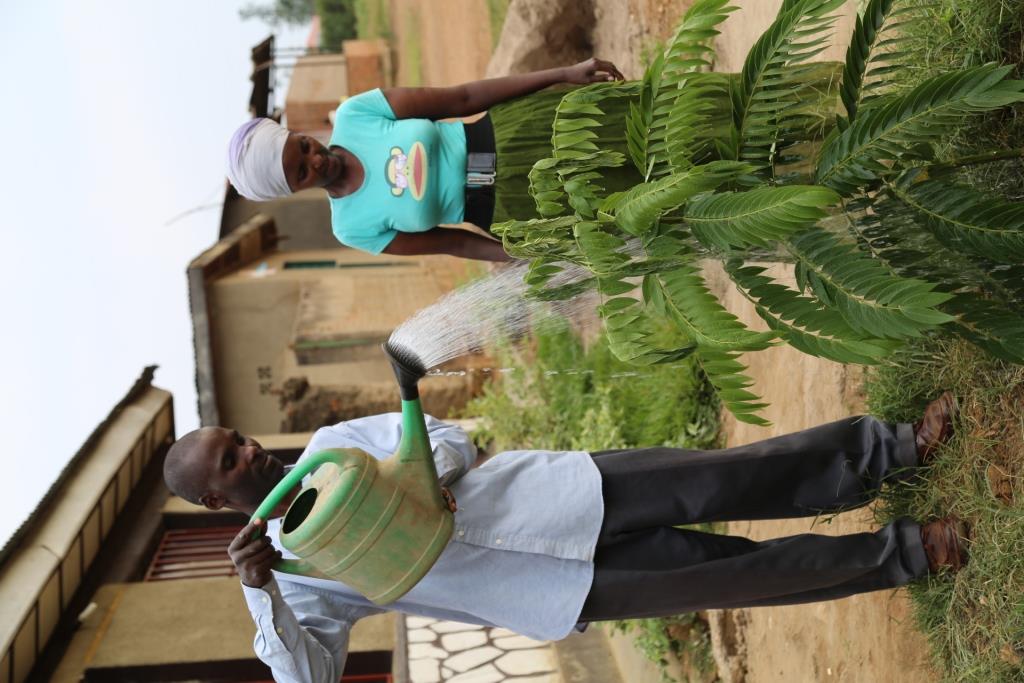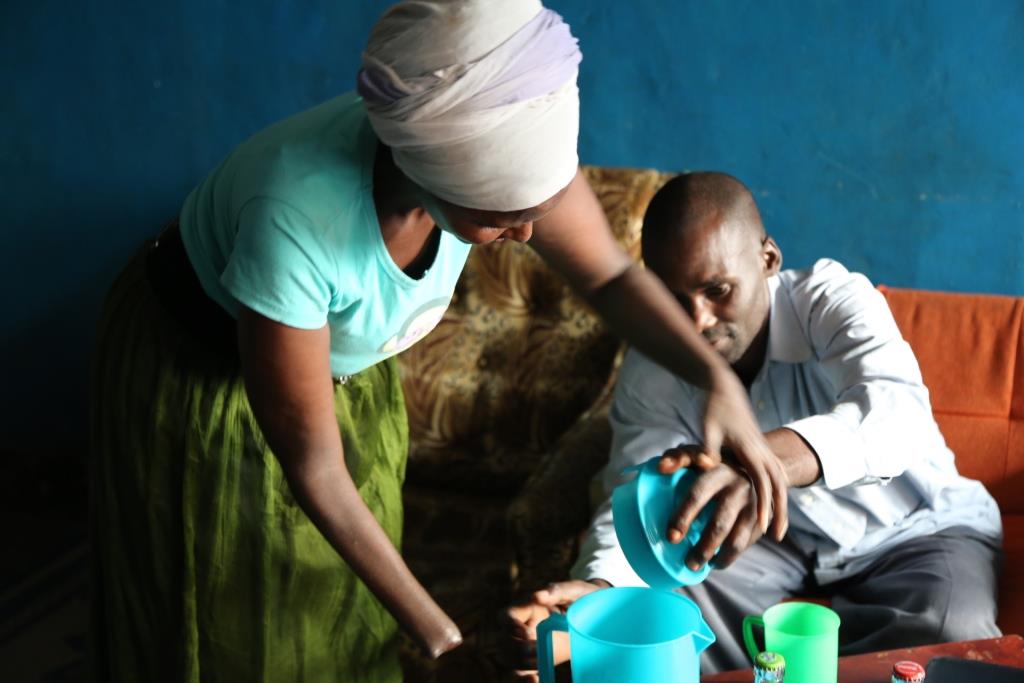
FMNR reconciliation trees in Rwanda
July 3, 2015
by Susan Karimi – Resilience and Livelihoods Learning Centre (World Vision East Africa Regional Office)
In 1994, when the genocide attacks erupted in Rwanda, Alice was one of the people who ran away with her family to hide. This was a genocide that left thousands of people dead and many brutally wounded for life. The surviving victims, besides having to nurse their wounds, were also faced by another appalling fact: their cold-blooded killers were people they knew! They were their neighbours, workmates, friends, sometimes even marriage relatives. On that fateful day, when word went round that the soldiers were approaching, Alice and her family members ran and hid in some neighbouring swamp.“I ran with my first baby who was then 9 months in my arms while dragging my niece of 9 years along, hoping to survive the evil that had befallen our land, but they found us and attacked us.” says Alice. Emmanuel reiterates this by saying, “The soldiers came and took us and told us we have to go and kill some people that were hiding in a certain swamp. We found several people hiding and we had to kill them. My colleagues and I found Alice holding her crying baby. As I tried to take the baby, she resisted and there and then I chopped off her right hand that was holding the baby and killed it, while my colleagues cut Alice’s head and put a spear through her shoulder. We then left her to die with the rest.”
With the end of the genocide, the healing process began with the government calling on all Rwandese to embrace one another and live as one. However, the healing and reconciliation process was not as easy and is still a continuous process to date. World Vision Rwanda has made tremendous efforts in working to help the survivors of the genocide as well as the perpetrators put the dark past behind, through various interventions. One such intervention is the Farmer Managed Natural Regeneration, commonly known as FMNR.
FMNR is mainly a climate smart approach to restoring degraded croplands, grazing lands and forests, thereby reversing biodiversity loss and reducing vulnerability to climate change. However, for the Girimtuhwe (meaning have mercy) cooperative group in Nyamata district, made up of 150 members, of which Emmanuel and Alice are members, FMNR has acted as a stepping stone to greater agricultural intensification as farmers become more receptive to new ideas. The Gitimtuhwe cooperative is made up of survivors and perpetrators who came together to undertake sustainable agriculture through combining crop growing and trees regeneration through FMNR. However they realised their working relations were a little strained because some of the perpetrators still had guilt feelings in them. “Every time I saw Alice, my heart was filled with guilt, because I knew what I had done to her, yet she did not know that I was the one who did it to her”, says Emmanuel. As the leader of the group, he decided to get the group to start talking of reconciliation and healing and that was when the idea of confession and planting a peace tree came about.
The trees of reconciliation
“We discussed as a group and decided that all who felt ready to confess of their perpetration should be encouraged to do so and would be given a chance to regenerate a tree in the compound of their victim and where none was available, they would plant one.” narrates a group member. Alice and Emmanuel invite us to their home to see the trees of peace and as Emmanuel waters the tree, we try to fathom of this kind of forgiveness and reconciliation. We decide to ask Alice and she tells us of how she came to terms with what Emmanuel did to her. “Emmanuel was known to me. However on that day, I did not even realise he was the one that attacked me. So when he told me that it was him, that killed my child and cut off my hand, I couldn’t believe it. It was too painful, but I knew forgiveness was the only way. When he requested to plant a peace tree in my compound, I knew he truly had repented and wanted reconciliation. I also decided to nurture one in his compound as a sign that I had forgiven him. Each day I look at the tree, and whenever I go to his home to also water and weed his tree, it shows me that we have truly put the past behind us”. Through the Girimtuhwe cooperative members such as Alice and Emmanuel, the tree has transformed from being a provider of firewood, fruits and timber, to a symbol of reconciliation.

Emmanuel helps Alice to open a jug of milk that she seeks to serve him
FMNR has provided World Vision Rwanda with a platform to address the conflict vulnerability of the people, by providing the community members such as this of Gitimtuhwe with a paradigm shift that the basis of any sustainable peace process is the capacity of a community to manage the dynamics causing violent conflict. This has helped enhance community responsibility towards their own peaceful co-existence.
With a dark past, Alice and Emmanuel, have chosen to change the story. With the simple act of nurturing a tree, and with each passing day that the tree stands in the glaring heat of Nyamata, it symbolises hope for both their families and their descendants. A symbol, that the future ahead is not one of hatred, but of peace for both of them and their children’s children! That as boldly as a tree stands, and as nurturing as it is to the earth and people, they too, can choose to boldly recreate the story of their lives.
